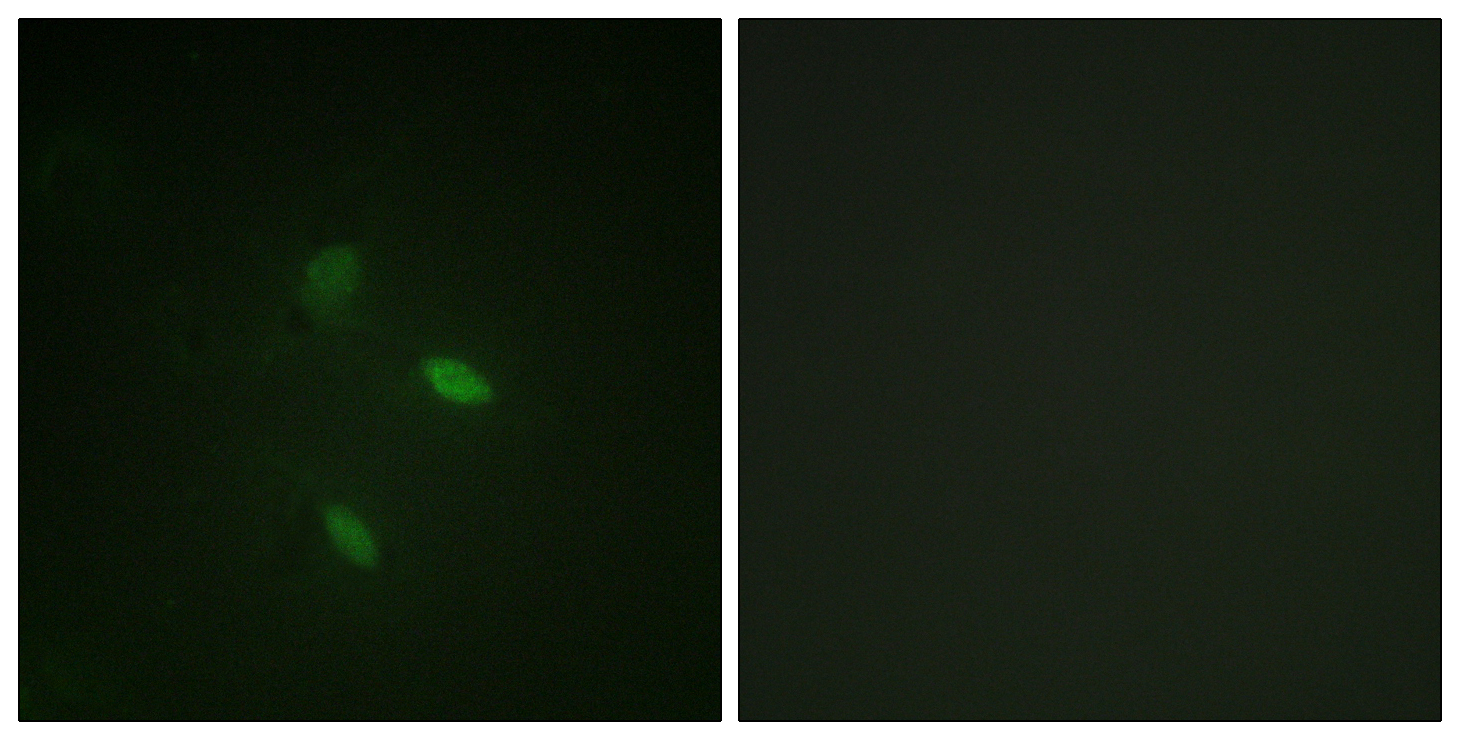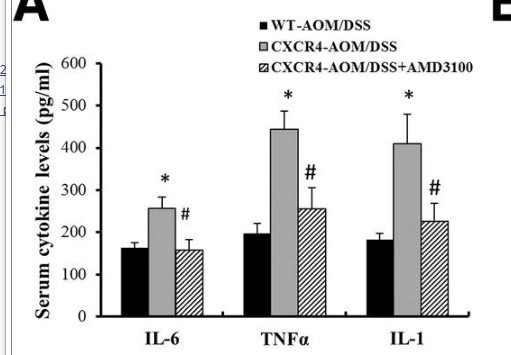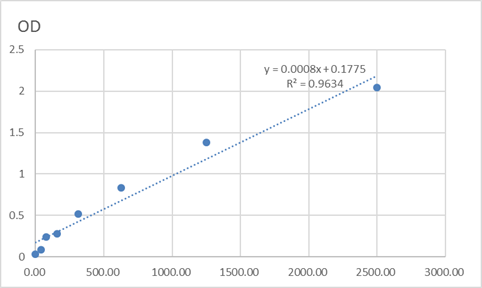
主要信息
Reactivity
Human, Mouse
Applications
ELISA
Conjugate/Modification
Unmodified

详细信息
储存
2-8°C/6 months
修饰
Unmodified
检测方法
Colorimetric
相关产品
抗原&靶点信息
基因名称:
CCNE2
展开内容
别名:
G1/S-specific cyclin-E2
展开内容
背景:
function:Essential for the control of the cell cycle at the late G1 and early S phase.,induction:Activated by papilloma viral oncoproteins E6 and E7 which bind to and inactivate p53 and Rb, respectively.,PTM:Phosphorylation by CDK2 triggers its release from CDK2 and degradation via the ubiquitin proteasome pathway.,similarity:Belongs to the cyclin family.,similarity:Belongs to the cyclin family. Cyclin E subfamily.,subunit:Interacts with the CDK2 (in vivo) and CDK3 (in vitro) protein kinases to form a serine/threonine kinase holoenzyme complex. The cyclin subunit imparts substrate specificity to the complex.,tissue specificity:According to PubMed:9858585: highest levels in adult testis, thymus and brain. Lower levels in placenta, spleen and colon. Consistently elevated levels in tumor-derived cells compared to non-transformed proliferating cells. According to PubMed:9840927: low levels in thymus, prostate, brain, skeletal muscle, and kidney. Elevated levels in lung. According to PubMed:9840943: highly expressed in testis, placenta, thymus and brain. In a lesser extent in small intestine and colon.,
展开内容
功能:
cell cycle checkpoint, regulation of cyclin-dependent protein kinase activity, DNA metabolic process, DNA replication,DNA-dependent DNA replication, DNA replication initiation, cell cycle, regulation of phosphate metabolic process,regulation of phosphorylation, regulation of kinase activity, regulation of protein kinase activity, regulation of phosphorus metabolic process, cell division, regulation of transferase activity, regulation of cell cycle,
展开内容
细胞定位:
Nucleus .
展开内容
组织表达:
According to PubMed:9858585, highest levels of expression in adult testis, thymus and brain. Lower levels in placenta, spleen and colon. Consistently elevated levels in tumor-derived cells compared to non-transformed proliferating cells. According to PubMed:9840927: low levels in thymus, prostate, brain, skeletal muscle, and kidney. Elevated levels in lung. According to PubMed:9840943 highly expressed in testis, placenta, thymus and brain. In a lesser extent in small intestine and colon.
展开内容
信号通路
Cellular Processes >> Cell growth and death >> Cell cycle
Cellular Processes >> Cell growth and death >> p53 signaling pathway
Cellular Processes >> Cell growth and death >> Cellular senescence
Human Diseases >> Cancer: overview >> Pathways in cancer
Human Diseases >> Cancer: overview >> MicroRNAs in cancer
Human Diseases >> Cancer: specific types >> Gastric cancer
Human Diseases >> Cancer: specific types >> Prostate cancer
Human Diseases >> Cancer: specific types >> Small cell lung cancer
Environmental Information Processing >> Signal transduction >> PI3K-Akt signaling pathway
文献引用({{totalcount}})
Recently Viewed Products
Clear allToggle night Mode
{{pinfoXq.title || ''}}
Catalog: {{pinfoXq.catalog || ''}}
Filter:
All
{{item.name}}
{{pinfo.title}}
-{{pinfo.catalog}}
主要信息
Target
{{pinfo.target}}
Reactivity
{{pinfo.react}}
Applications
{{pinfo.applicat}}
Conjugate/Modification
{{pinfo.coupling}}/{{pinfo.modific}}
MW (kDa)
{{pinfo.mwcalc}}
Host Species
{{pinfo.hostspec}}
Isotype
{{pinfo.isotype}}
产品 {{index}}/{{pcount}}
上一个产品
下一个产品
{{pvTitle}}
滚轮缩放图片
{{pvDescr}}






















